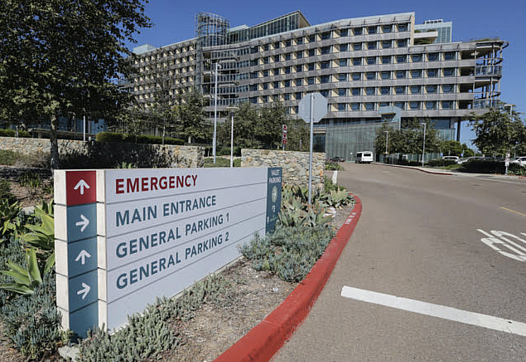
ER visits rose 18% from 2012 to 2017, posing financial and operational difficulties.

ER visits rose 18% from 2012 to 2017, posing financial and operational difficulties.
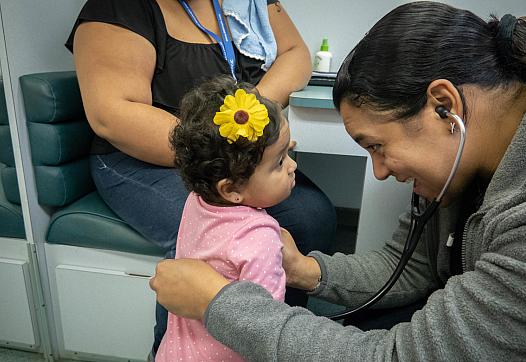
Three days after Hurricane María, Isolina Miranda stared in disbelief at what was left of the two-story building where a community health center once stood in the heart of San Lorenzo, a town in Puerto Rico.
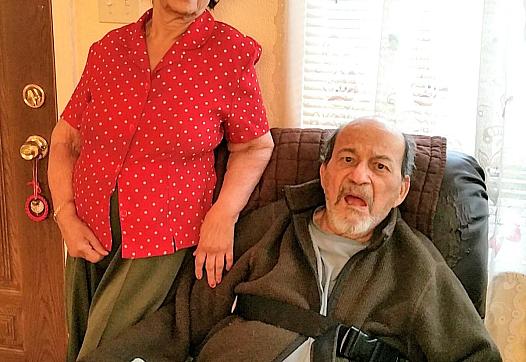
Discomfort with end-of-life care discussions is not uncommon among many older immigrants in the United States.

How Congress and the White House refuse to fund health care to the hurricane-ravaged island’s desperately poor.
Ballad Health in October stopped performing surgeries at a Norton hospital, but it is unclear if and when patients or state regulators were notified.
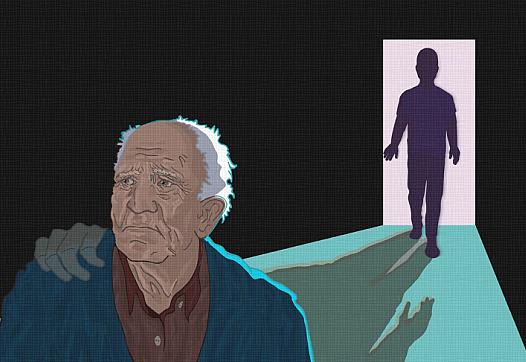
Taking financial, emotional and physical abuse together, allegations of mistreatment have more than doubled in L.A. and Riverside counties since 2005. In Orange and Ventura counties, that number has nearly tripled over the same time period.
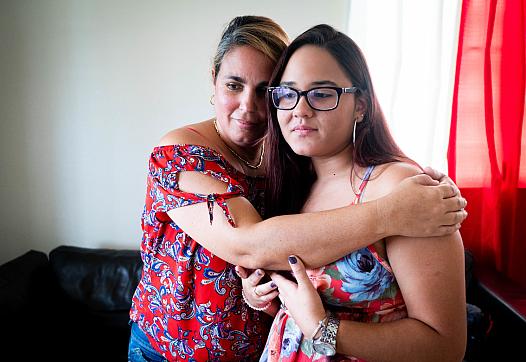
Six months after the storm, Saturnino Figueroa Montes, 64, spent two weeks fighting something doctors couldn’t diagnose after conducting multiple tests. A retired carpenter of Mamey, a rural neighborhood in Patillas, he went into cardiac arrest after he was hospitalized.
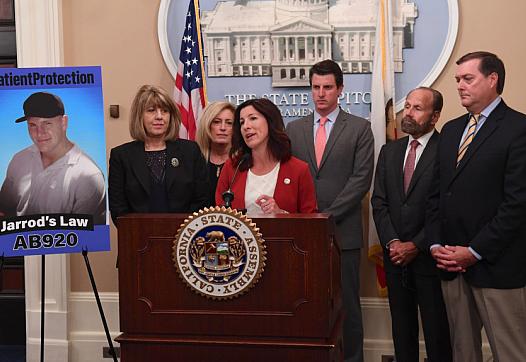
This series was produced with the support of the USC Annenberg Center for Health Journalism Impact Fund....
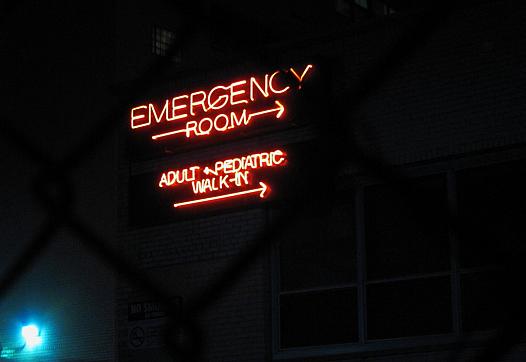
A new study reveals just how often teens and young adults receive opioid prescriptions in emergency rooms, even as the crisis of addiction has exploded.
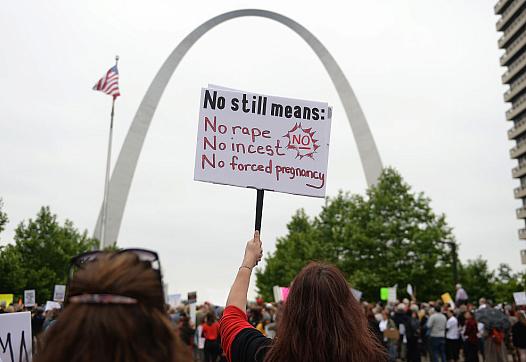
The future of abortion access in the US is in a major state of flux, with new restrictive laws or bills from red states in the news virtually every day. Advocates are responding in part by helping women get to clinics.